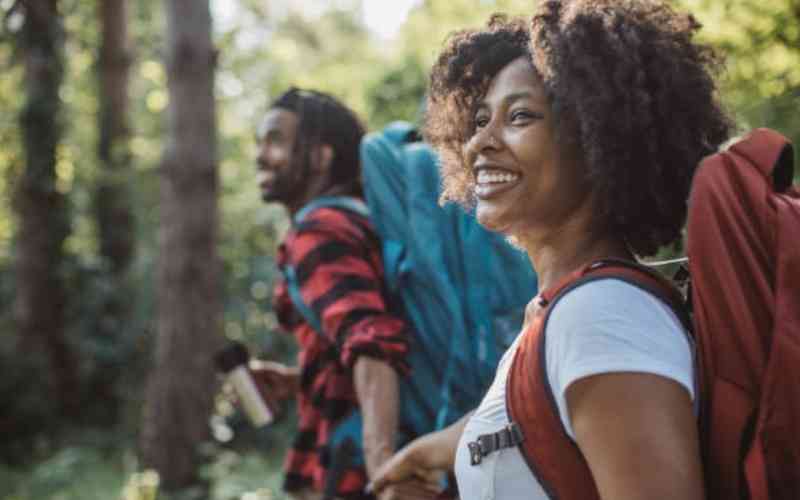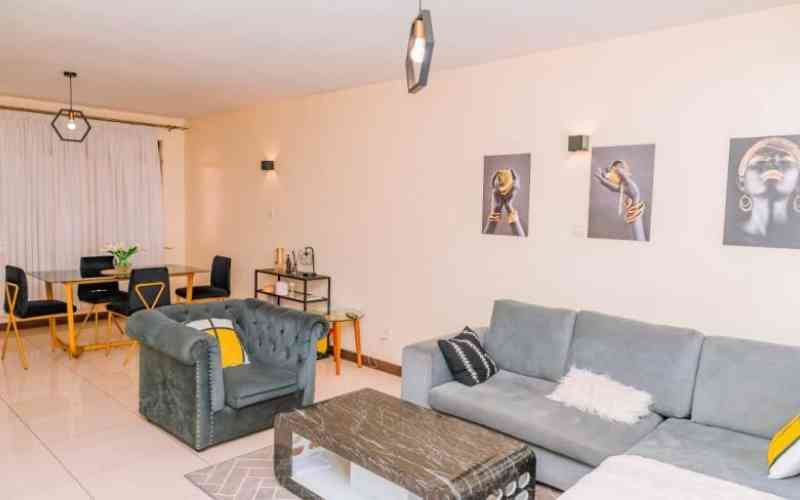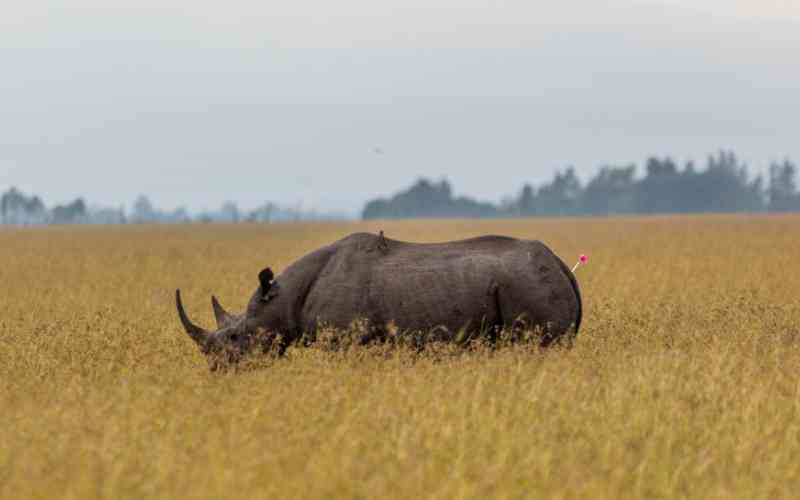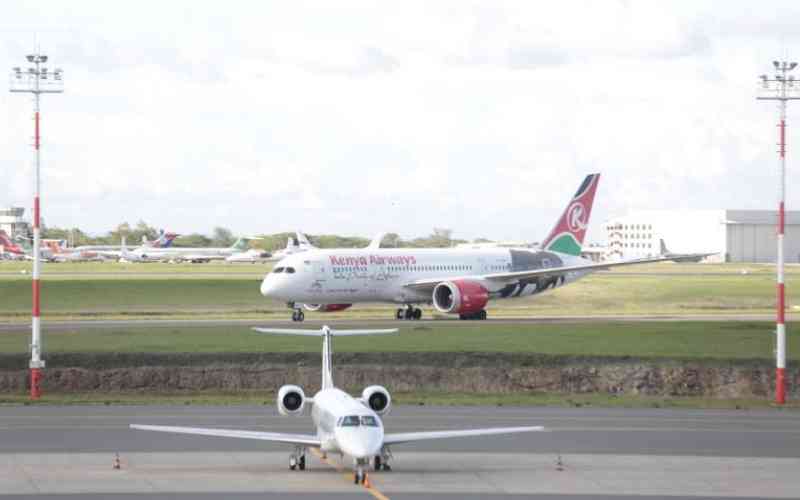When many people think of travel, leisure or sightseeing, few think of Nairobi, and you can't blame them. The capital has been described as among other things a concrete jungle, hardly the tagline for a person looking for a relaxing time and great views.
While it is described as the only city with a national park within its boundaries, even residents look outside when looking for destinations.
A keener look, however, will show that not only are there beautiful gems in Nairobi but that it offers a wider variety of choices when compared to many other locations in the country.
So, what can you do if you had 48 hours in Nairobi?
The Safari Capital of the World
Thanks to conferences and summits, such as the first ever Africa Climate Summit, that have taken place recently, the city has had its fair upgrading and remodelling.
The former “green city in the sun” has captured many visitors and travellers, and has acquired new names such as “a city (world) in tune with nature, “the magical city for the active traveller, and of course, its fame as the only capital city in the world with a national park within its boundaries still stands.
This along with its other visitor and resident attractions make it a prime destination.
- Strepsils, tropical mint: Odd stuff spicing up bedminton for Nairobians
- Why Nairobi has upstaged Paris as the best city to visit
- Real Housewives of Nairobi reveals new faces for Season 2
- The Minne Kariuki and Michelle Ntalami beef, explained
Keep Reading
From the breathtaking scenery and beautiful abundance of natural attractions to the glamour and glitz of the modern city lifestyle, welcome to the magic that is Nairobi.
For nature and game lovers, head to the Nairobi National Park.
Located in Langata, 10km from Central Business Centre, the park within the city offers you a half-day exploration deepening your interest points. The park was established in 1948 and has a diverse environment, with varied flora and fauna, and deep rocky valleys.
Here you will get to see wildlife like the rare black and white rhinoceroses, lions, leopards, hyenas, cheetahs, buffaloes, zebras, giraffes, baboons, monkeys, hippos and a rich variety of bird life.
Next is the animal orphanage that was established in 1964, where you can spend two to three hours depending on your interest points. The orphanage is a refuge and rehabilitation centre for wild animals found abandoned or injured across the country.
Then there is the Nairobi Safari Walk. Here too, you can spend one or two hours, walking on a specially constructed elevated pavement that offers you the opportunity to experience what you could expect to see across the country. A tour guide is available for those who need one.
Also nearby is the David Sheldrick Elephant Orphanage, home to rescued elephant calves.
The orphanage is open to the public during feeding times where visitors can interact with the calves and watch them being fed, as they learn how the calves were rescued and how they came to the orphanage.
Another place worth visiting is the giraffe centre.
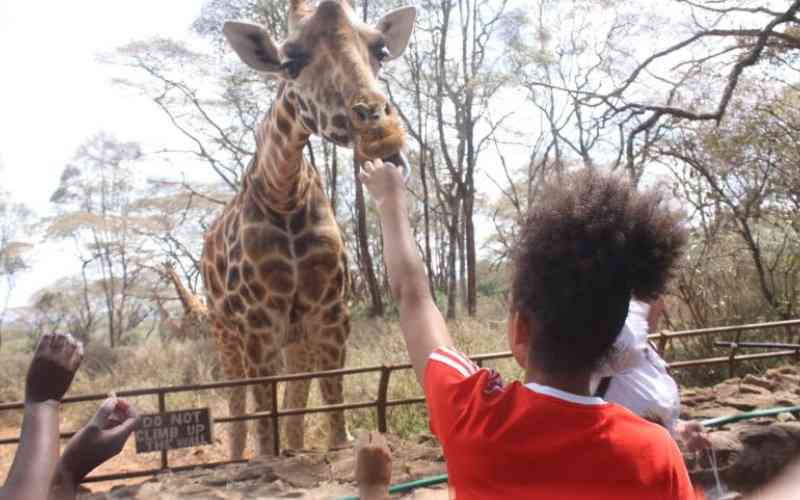
Natural heritage
If your interest leans more towards history and heritage, the Nairobi National Museum is the place for you. At the museum, a visitor gets an interpretation of Kenya’s rich heritage.
The museum is a one-stop shop for visitors who want to sample the country’s rich heritage both for education, and leisure. Adjacent to the museum is the Snake Park, with life specimens of Kenya’s most common reptiles.
Other places of interest would be the Bomas of Kenya, Karen Blixen Museum, Kenya National Archives and Maasai Markets.
Nairobi also has several galleries and monuments to be proud of.
The Jomo Kenyatta monument at the Kenyatta International Conventional Centre for instance is a masterpiece sculptor by James Butler, a British sculptor. The intricate 12-foot sculpture of the first president of the Republic of Kenya, shows the late President in detail, right down to a birthmark on Jomo Kenyatta’s face and his famous trademark peep toe sandals.
The 1969 sculpture is an attraction for visitors and photographers who make a field day from shooting photographs of visitors.
Then there is the national monument in Uhuru Gardens on Langata Road, where Kenya’s flag was raised on December 12, 1963 at independence.
The Nyayo monument on the other hand stands on Uhuru Highway. It was built in 1988 to commemorate Kenya’s 25 years of independence. The marble monument shows the lowering of the British colonial flag and the raising of the Kenya flag.
Other key monuments are the Tom Mboya and Dedan Kimathi statues.
The Dedan Kimathi statue is on Kimathi Street, opposite the Hilton Hotel.
Kimathi was a Mau Mau leader, a movement that led the uprising against the British colonial government and fought for Kenya's independence. The statue depicts the warrior clad in military regalia, holding a riffle in the right hand and a dagger in the other.
Tom Mboya was a charismatic youthful pan-African leader in independent Kenya.
Galleries worth exploring in Nairobi include the Nairobi Gallery, Paa ya Paa, The GoDown Arts Centre, Banana Hill Art Gallery and the Nairobi Railway Museum Gallery.
Still, within your 48 hours in Nairobi, you could include picnics in your itinerary. The city has several recreation parks and picnic sites, with some of them like Uhuru Park having undergone a major refurbishment.
Or you could head out to Ngong Hills, Karura Forest, Oloolua Nature Trail, Rowallan Camp or the Nairobi Arboretum for fresh air and time in nature.
If you are interested in an urban outlook, there are many shopping malls and restaurants to pick from. The coffee culture has taken off, and dining-out options offer you everything.
And in the city's outskirts, you can get anything from bowling to paint-balling and go-kart racing.
So, whether you live in Nairobi, visiting or passing through, give the city a chance.
 The Standard Group Plc is a multi-media organization with investments in media
platforms spanning newspaper print
operations, television, radio broadcasting, digital and online services. The
Standard Group is recognized as a
leading multi-media house in Kenya with a key influence in matters of national and
international interest.
The Standard Group Plc is a multi-media organization with investments in media
platforms spanning newspaper print
operations, television, radio broadcasting, digital and online services. The
Standard Group is recognized as a
leading multi-media house in Kenya with a key influence in matters of national and
international interest.



